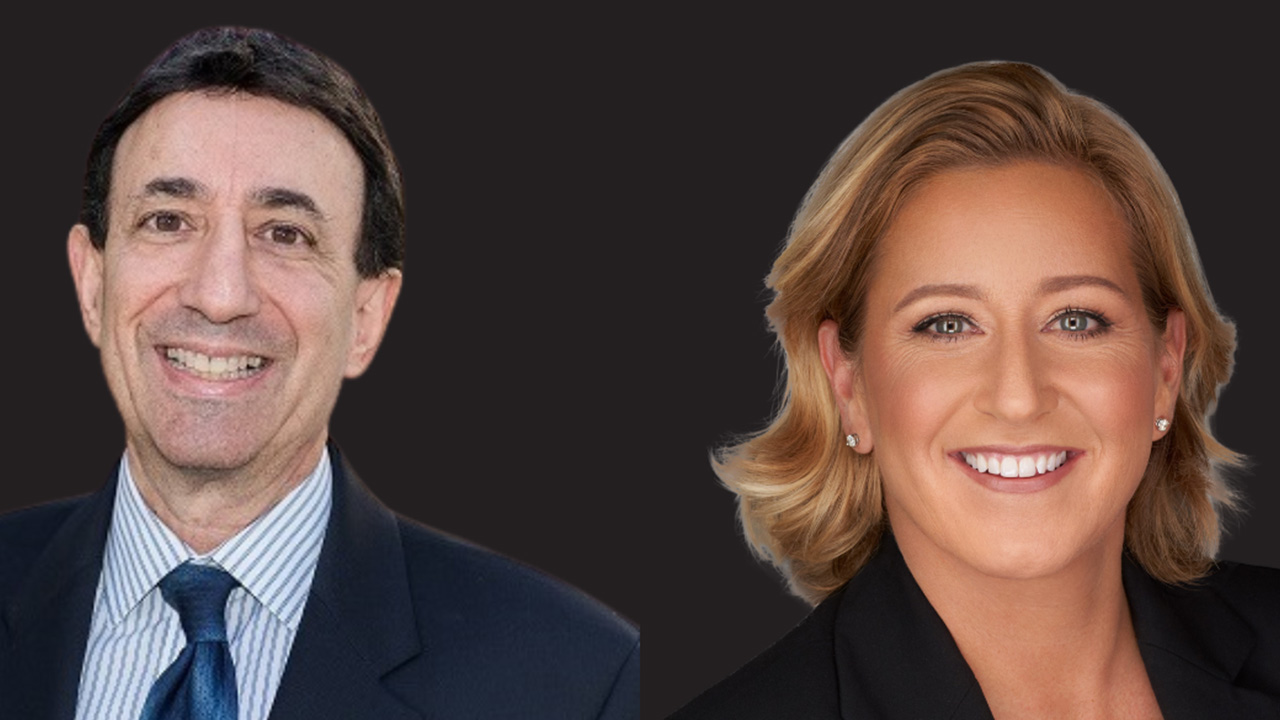Dear Mr. Berko: The three bank stocks — Bank of America, Citigroup and BB&T — I’ve owned since September 2014 had disappointing results at first. My stockbroker nearly persuaded me to sell them last September, but I didn’t want another loss, and their dividends were better than what the cash would have earned. Now all of them have jumped way higher, and I have decent profits in all three. Why have these bank stocks gone up so much? And could you please tell me whether I should sell them and “pocket the profits,” as you sometimes say, or add to my three positions? I have $35,000 to invest. Your quick response would be appreciated. — LH, Rochester, Minn.
Dear LH: Many observers believe that higher interest rates are a foregone conclusion in 2017 and 2018. Bank profits are expected to increase because banks hold enormous cash reserves, which will benefit from higher yields. As you must know, customer accounts are always paid less than short-term rates, allowing their banks to pocket the difference. This spread between rates continues throughout the rate hike cycle, and the increased profits flow directly to the banks’ bottom lines. Keep your positions. Here’s why:
–Some believe that interest rates were purposefully kept low during the election process to help the party in power remain in power. (Didn’t work out so well.) So it’s reasonable to expect interest rates to rise this year and next year. Higher interest rates can lead to greatly improved bank profits.
–Dodd-Frank regulation has created havoc in financial circles. President-elect Donald Trump wants to reduce these onerous banking rules and favors lower capital requirements. Reducing capital requirements means higher returns on equity and higher capital returns (in the form of higher dividends and stock buybacks) to shareholders.
–These changes could lead to increased volatility, creating investor uncertainty, which can lead to increased bank trading profits.
–The incoming Trump administration has said it will reduce federal regulations and federal participation (interference) in the decisions of big business. So consider lower corporate taxes and think greatly increased infrastructure spending. Then think a potential 2017 tax holiday that repatriates $2.4 trillion U.S. companies stashed overseas to avoid taxes. Well, our gross domestic product could rise by well over 3 percent, encouraging banks to lend more of their deposits, with a concurrent growth in income and dividends.
–The 75.4 million coddled, thin-skinned, easily offended millennials (those who are roughly between the ages of 19 and 35) may get off their numb butts, leave Momma’s house and become first-time homebuyers. And all of the above changes suggest that banks will be more inclined to lend to first-time homebuyers.
All those factors and more favor increased lending, improved capital utilization and a surge in business and consumer loans. And existing loans will also add to bank profitability because of the higher and growing spread between the federal funds rate (banks’ cost of money) and the rates charged to banks’ customers.
Don’t increase your Bank of America, Citigroup or BB&T position; however, hold on to each for further appreciation. And because the financial sector looks as if it will outperform the market, I suggest you consider owning 200 shares of each of the following exchange-traded funds: Vanguard Financials (VFH), SPDR S&P Regional Banking (KRE) and SPDR S&P Bank (KBE).
VFH ($59), a $3.6 billion ETF, owns Wells Fargo, JPMorgan Chase, U.S. Bancorp, Goldman Sachs, Berkshire Hathaway and numerous other issues, and it yields 1.63 percent. Just before the crash (BTC) of 2008-09, this ETF traded in the high $60s.
KRE ($55) is a $2 billion ETF that owns Zions Bancorporation, Citizens Financial Group, Fifth Third Bank and 20 other regional banks. It yields 1.43 percent. This ETF is trading at its all-time high price.
Finally, KBE ($43) is a $2.4 billion ETF yielding 1.3 percent. It owns such names as KeyCorp, Huntington Bancshares, Comerica and SVB Financial Group. And just BTC, this ETF traded in the high $50s.
Those ETFs should do well as the Dow Jones industrial average reaches toward 30,000. Use Fidelity or Schwab, where the cost is $8 or $9 per trade. If you buy 200 shares of each, your total commission costs will be $27 — plus a buck, which is about the usual change for the Washington swamp.
Please address your financial questions to Malcolm Berko, P.O. Box 8303, Largo, FL 33775, or email him at [email protected]. To find out more about Malcolm Berko and read features by other Creators Syndicate writers and cartoonists, visit the Creators Syndicate website at www.creators.com.
COPYRIGHT 2017 CREATORS.COM
Main Navigation












